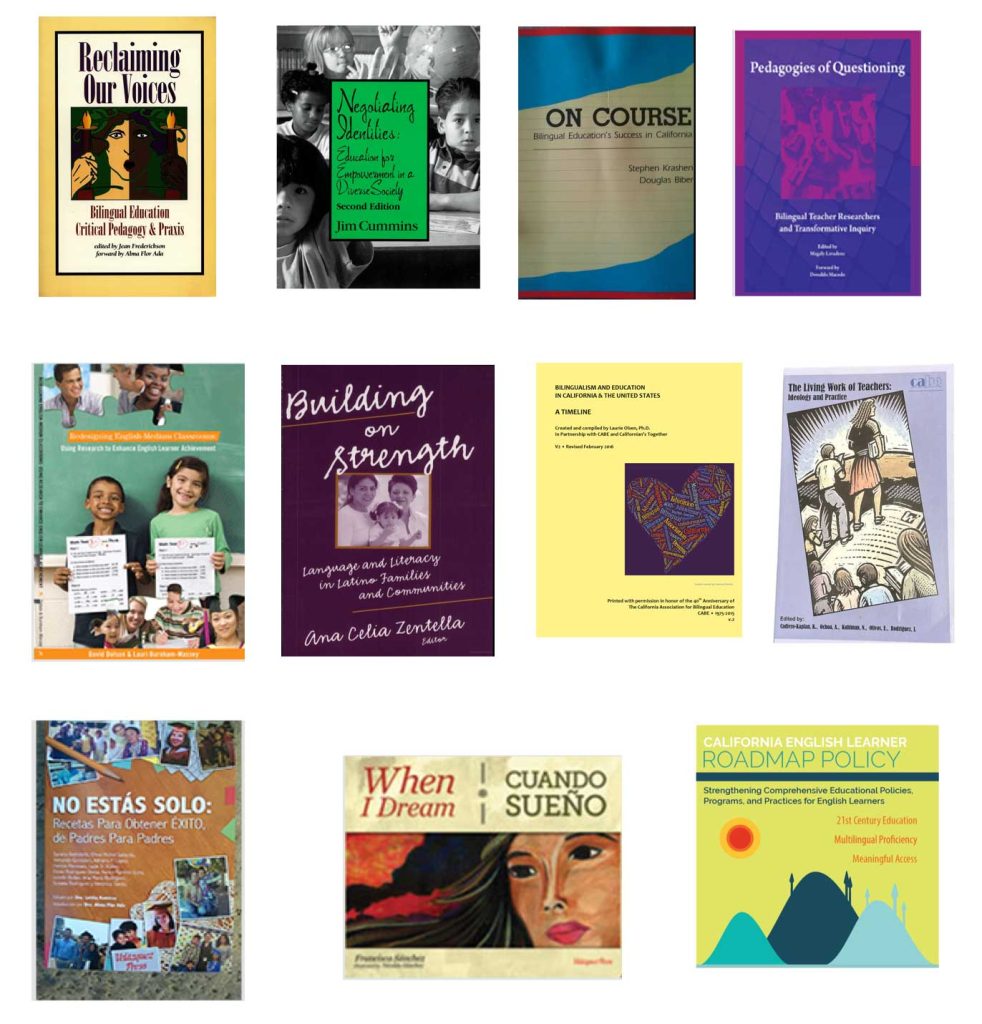
1975
1975 Highlights

BOARD
CABE was just beginning to form as a non-profit and had not selected Board members in 1975.

POLICY
1965– President Lyndon B. Johnson signed the Elementary and Secondary Education Act (ESEA).
1967– California Governor Reagan signed SB 53, referred to as the Dills Act, which ended a ninety-five-year-old state education mandate that all schools were required to only provide instruction in English.
1968– President Johnson signed the Bilingual Education Act (BEA), Title VII of the Elementary and Secondary Education Act. This landmark legislation provided federal funding to support bilingual education programs in schools, addressing the educational challenges faced by students with limited English proficiency.
1970– Diana v. the California Board of Education Class action lawsuit that resulted in a settlement agreement requiring schools to test students in their native language and not be placed in Educable Mental Retarded (EMR) classes based on language.
1972– AB 2284 School districts in California were allowed, but not required, to apply for funds funds to develop bilingual education programs.
1974– Lau v. Nichols Approved by the US Supreme Court ruling that under the Civil
Rights Act of 1964 school districts receiving federal funds must provide non-English-speaking students with instruction to ensure an equal education inclusive of the language of instruction.
1975– Bilingual Certificate of Competence (BCC) was approved and began to be offered as part of teacher credentialing to ensure that teachers working with English Learners had both language proficiency and the skills necessary to support bilingual education.

STAFF
CABE had no staff in 1975 and was coordinated solely by volunteers.

PROGRAMMING
CABE programming focused on conferences, building partnerships, legislative advocay, and providing support for beginning bilingual programs.

CHAPTERS
There were no chapters in 1975.



